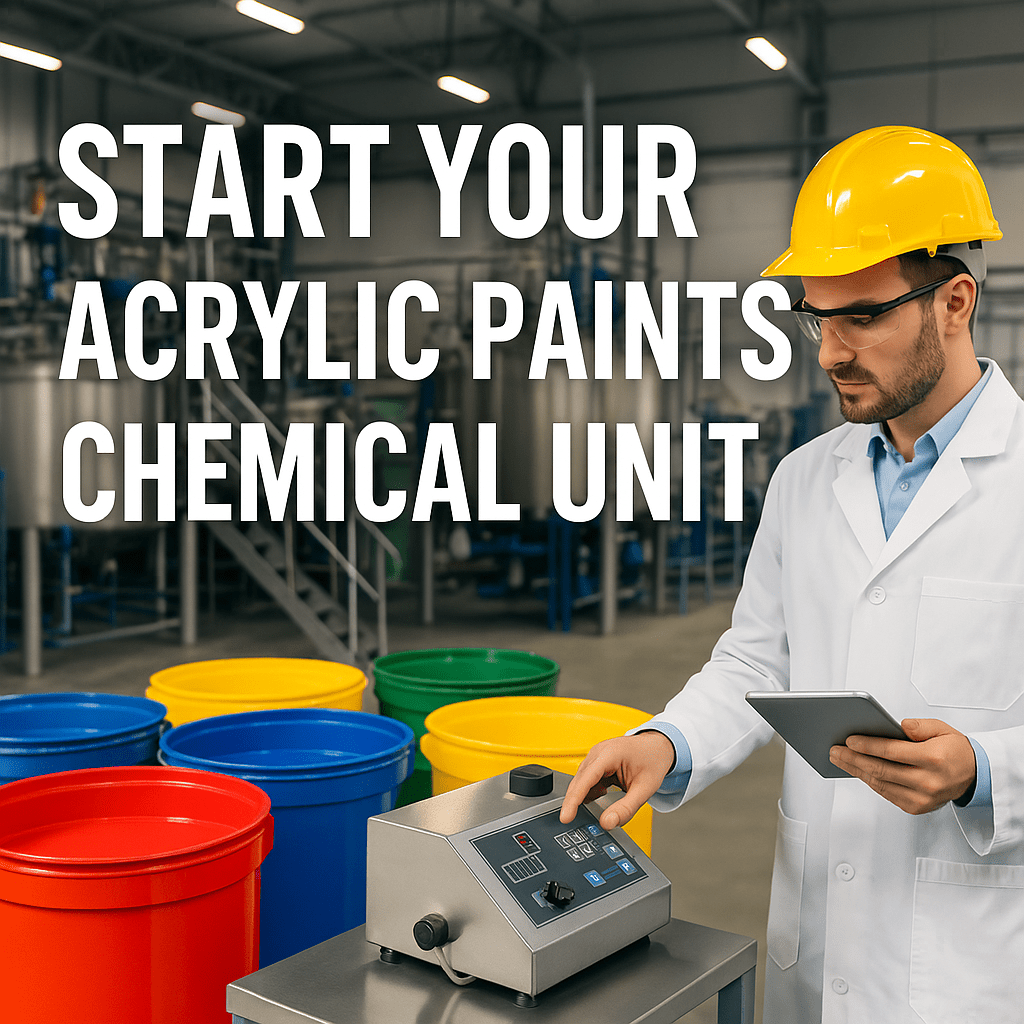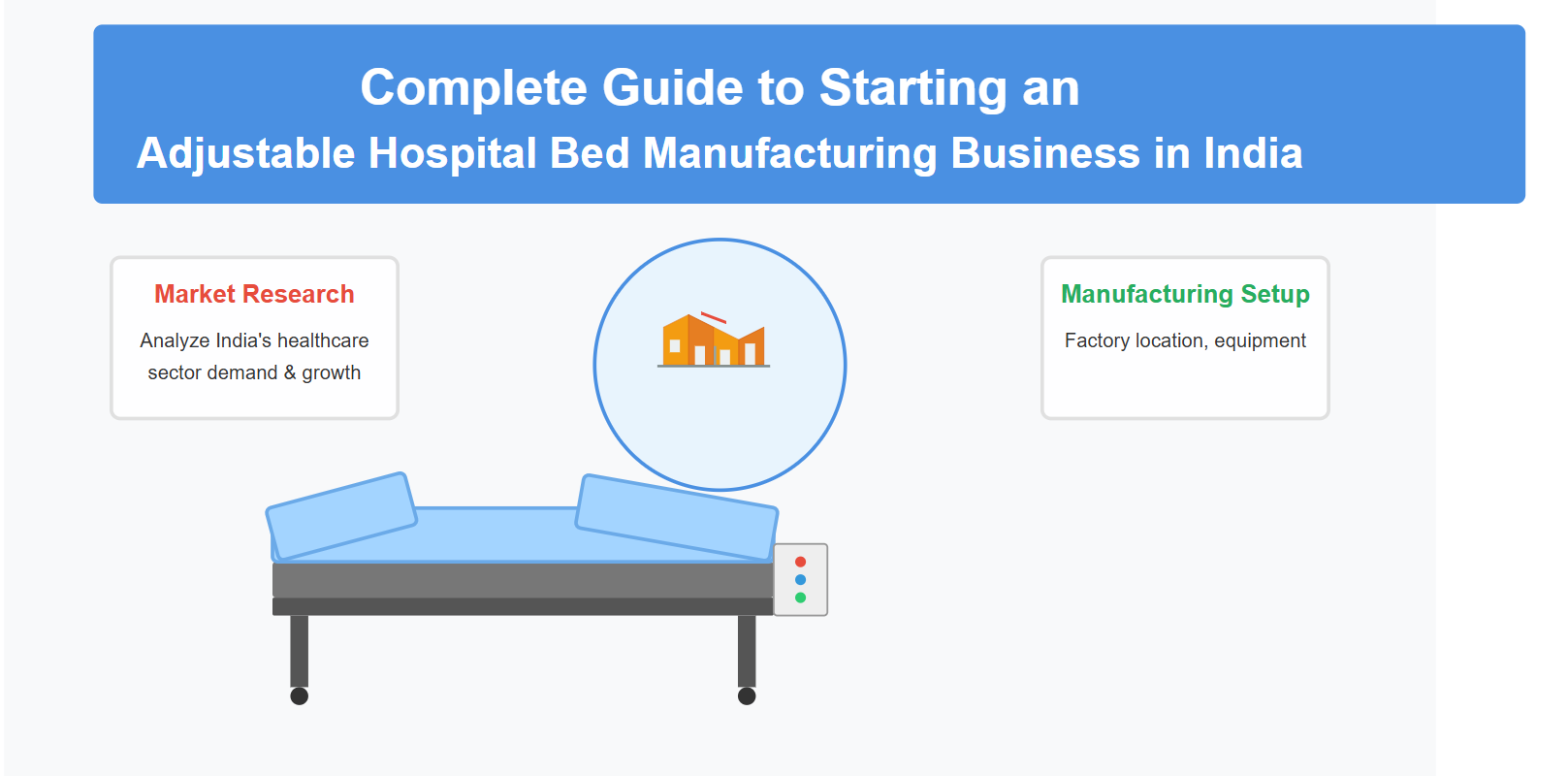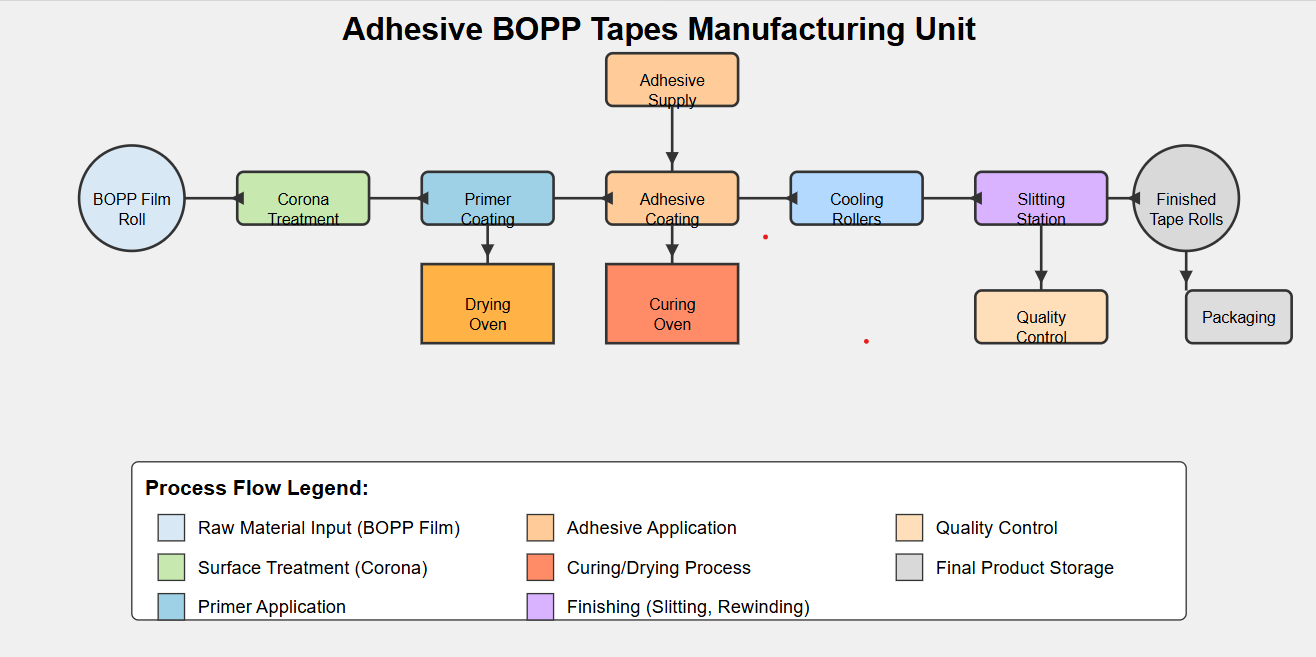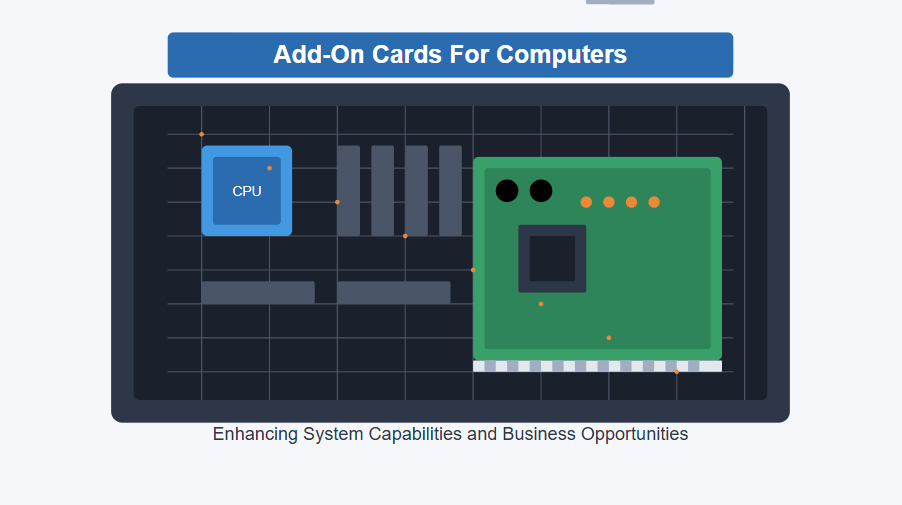The Ultimate Guide to Starting an Acrylic Paints Chemical Manufacturing Unit
Introduction
Acrylic paints are widely used in industries such as home decor, automotive, construction, and fine arts. The rising demand for high-quality paints makes setting up an acrylic paints chemical manufacturing unit a lucrative business opportunity. This guide provides step-by-step instructions on starting your own unit efficiently and profitably, incorporating insights and data from the attached PDF.
Market Research & Business Plan
Before launching your manufacturing unit, conduct thorough market research to understand market demand, competition, and your target audience. Your business plan should cover:
- Industry Trends: Analyze growth potential and major market players.
- Target Market: Identify industries and customer segments that require acrylic paints.
- Investment & Budgeting: Estimate startup costs (land, machinery, raw materials, labor).
- Revenue Model: Develop pricing strategies and identify revenue streams.
- Legal Compliance: List necessary licenses and permits.
Legal Requirements & Licensing
To operate legally, obtain necessary permits and certifications such as:
- Business registration (LLP, Pvt. Ltd., or Proprietorship)
- Factory license
- GST registration
- Environmental clearance
- Fire safety and hazardous material handling permissions
Setting Up the Manufacturing Unit
1. Location & Infrastructure
Choose an industrial area with ready access to raw materials, transportation, and utilities. Your unit should include:
- Raw Material Storage Area
- Mixing & Production Area
- Quality Control Lab
- Packaging & Dispatch Section
2. Procurement of Raw Materials
Based on the attached PDF, essential raw materials include:
- Acrylic emulsions
- Pigments and dyes
- Additives (binders, stabilizers, thickeners, anti-foaming agents)
- Solvents and water
- Preservatives and pH adjusters
3. Machinery & Equipment
Invest in high-quality equipment as outlined in the document:
- Mixing Tanks and Blenders
- High-speed Dispersers and Sand Mills
- Grinding Machines
- Filling & Packaging Machines
- Quality Control Instruments (viscosity meters, pH testers, color spectrophotometers)
Manufacturing Process
The manufacturing process involves several key steps:
- Pigment Dispersion: Mix and grind pigments with dispersing agents.
- Emulsion Preparation: Prepare the acrylic binder and adjust consistency.
- Mixing & Blending: Combine the pigment dispersion with acrylic emulsions, thickeners, and additives.
- Quality Testing: Test samples for viscosity, color accuracy, durability, and adhesion.
- Packaging & Labeling: Pack finished products into containers with proper labeling.
Quality Control & Safety Measures
- Adhere to industry standards for paint formulation and environmental compliance.
- Ensure proper ventilation and use safety gear for workers.
- Perform regular quality testing for durability, color retention, and adhesion.
- Follow environmental norms for waste disposal and VOC regulations.
Financial Planning & Analysis
A robust financial plan is critical to the success of your manufacturing unit. The attached PDF provides detailed financial insights that serve as a valuable blueprint.
Project Cost Breakdown
Below is a table summarizing the estimated project cost (in Rs. Lakhs):
| Particulars | Amount (Rs. Lakhs) |
|---|---|
| Building/Shed (800 Sqft) | 3.00 |
| Plant & Machinery | 12.00 |
| Furniture & Fixtures | 1.00 |
| Working Capital | 5.56 |
| Total | 21.56 |
Means of Finance
Funding for the project is structured as follows:
| Source of Finance | Amount (Rs. Lakhs) |
|---|---|
| Own Contribution | 2.16 |
| Working Capital | 5.00 |
| Term Loan | 14.40 |
| Total | 21.56 |
Production Capacity & Utilization
The PDF provides detailed projections for production capacity based on utilization rates:
| Utilization | Production (Liters per Annum) |
|---|---|
| 40% | 1,08,000 |
| 45% | 1,21,500 |
| 50% | 1,35,000 |
| 55% | 1,48,500 |
| 60% | 1,62,000 |
Financial Projections & Profitability
The financial projections indicate a gradual improvement in profit margins as production increases. Below is a summary of projected net profit margins:
| Utilization Level | Net Profit Margin |
|---|---|
| Level I (Lower Capacity) | 5.0% |
| Level II | 6.7% |
| Level III | 7.1% |
| Level IV | 9.1% |
| Level V (Full Capacity) | 10.8% |
Additional Financial Highlights:
- Break-even Point: Approximately 26% capacity utilization.
- Debt Service Coverage Ratio (DSCR): Averaging around 2.57, ensuring comfortable loan servicing.
- Repayment Schedule: Detailed quarterly repayment including both principal and interest, structured over a payback period of 5 years.
- Depreciation: Calculated as per Income Tax provisions to reflect realistic asset values.
Marketing & Sales Strategies
The attached PDF suggests several strategies to capture market share:
- Branding & Packaging: Develop attractive, durable packaging to stand out.
- Digital Marketing: Leverage SEO, social media, and online advertising.
- Distributor Network: Build partnerships with wholesalers and retailers.
- B2B & Institutional Sales: Target construction firms, automotive companies, and artistic communities.
Conclusion
Starting an acrylic paints chemical unit requires a blend of careful planning, legal compliance, operational expertise, and strategic financial management. By focusing on quality, innovation, and customer satisfaction, you can establish a profitable and sustainable business in the growing paint industry.




Post Comment
You must be logged in to post a comment.